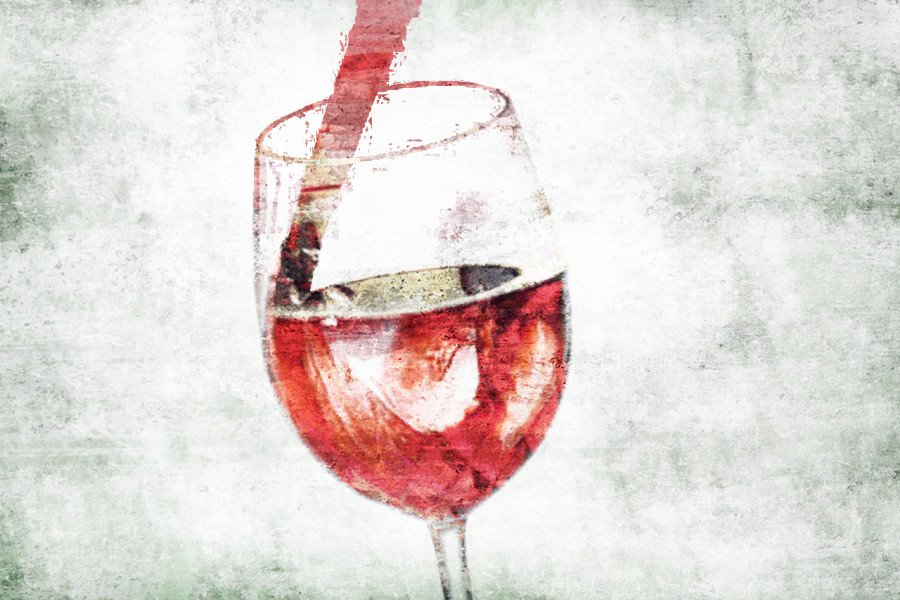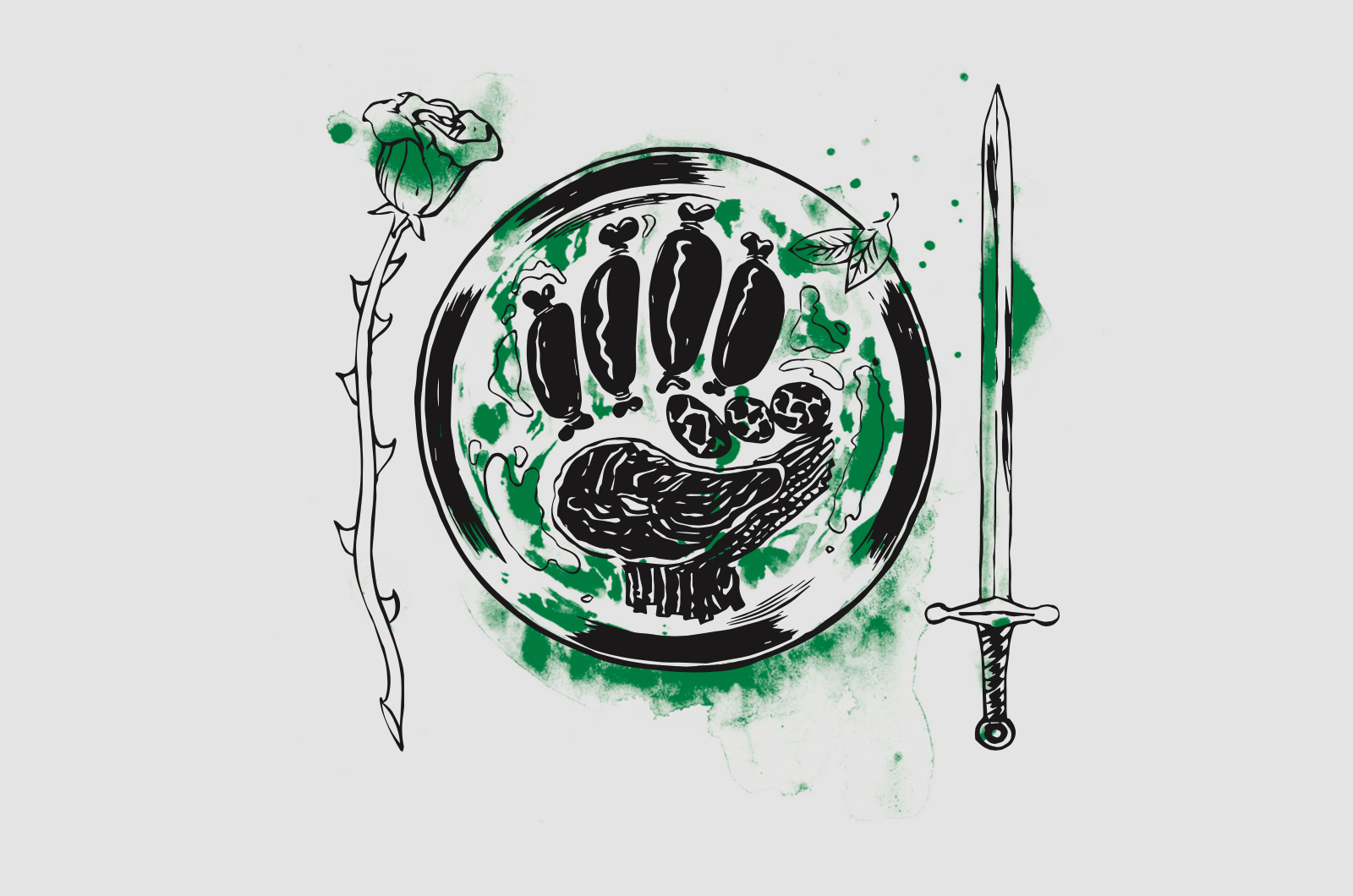Ludo Lefebvre’s Potato Pulp, Onion Soubise, Bonito, and Brown Butter
“What’s something new I can do with a potato?” That’s what I kept asking myself in the early days of Trois Mec, after I had decided to do a dish where the vegetable would be the star. It wasn’t going to be easy: I’m French and have been eating delicious potatoes all my life, in so many different ways. But I wanted to do something exciting with the wonderful fingerlings we get from Weiser Family Farm.
I started thinking about my favorite potato dishes. The first thing that popped into my head was pommes aligot. It’s fantastic: potato, cheese, and butter with a beautiful texture.
I now had a foundation and some direction.
We started playing. We steamed potatoes, we roasted potatoes, we poached potatoes, we mashed potatoes, we fried potatoes. There were some good results, but nothing that really moved us. So we kept playing. One day, while we were trying again, I started staring at the pulp of a potato that was scattered on the counter. The pulp had come from squeezing hot potatoes over a ricer. It was simple and actually quite beautiful, with a texture that reminded me of the aligot. “Why don’t we do something with that?” I said.
At Trois Mec, I am more interested in flavor and ingredients than complicated technique. The good technique needs to be there — again, I am French — but I don’t like to manipulate too much. Keeping this in our minds, as always, we decided we would leave the pulp on the plate, just like we had discovered it, and put a seasoning on top.
I knew from this moment that we needed to give the dish some smoke. I love the flavor we get from our restaurant’s wood-fired grill, and sometimes I’ll even infuse things with ash. But what kind of smokiness would we use here? Would we cook the potato in water infused with ash? Maybe use some burnt hay? No! We shaved some katsuobushi on top, and it worked. It had an amazing, deep flavor. It was another step in giving the aligot a twist and making it a little bit new.
After this, it was time to think about the cheese. We needed a very good cheese. I tried several different cheeses and eventually realized I had to order some Salers. Salers is nutty, meaty, spicy, and fragrant, expressing the terroir of the Auvergne after the snow has melted and the flowers are in bloom.
But Salers almost never reaches America, let alone L.A. So we contacted Rudolphe Le Meunier, an upstart affineur who six years ago won the extremely prestigious Meilleurs Ouvriers de France designation. It’s like the Congressional Medal of Honor, but for craftsmen. Rudy is a national hero. He set us up.
We now had everything in place and it was time to put it together. We wanted to give each component space and not mix it all up, so we layered everything. It’s the same approach people use with tartar.
The result is made up of “levels” of onion soubise, potato, brown butter, fleur de sel, Sarawak white pepper, grated Salers, katsuobushi, and brown butter powder.
This dish, I think, represents everything I try to do in the kitchen: simple, classic, tasty, but also a little bit different.
Photo courtesy of TastingPage.




